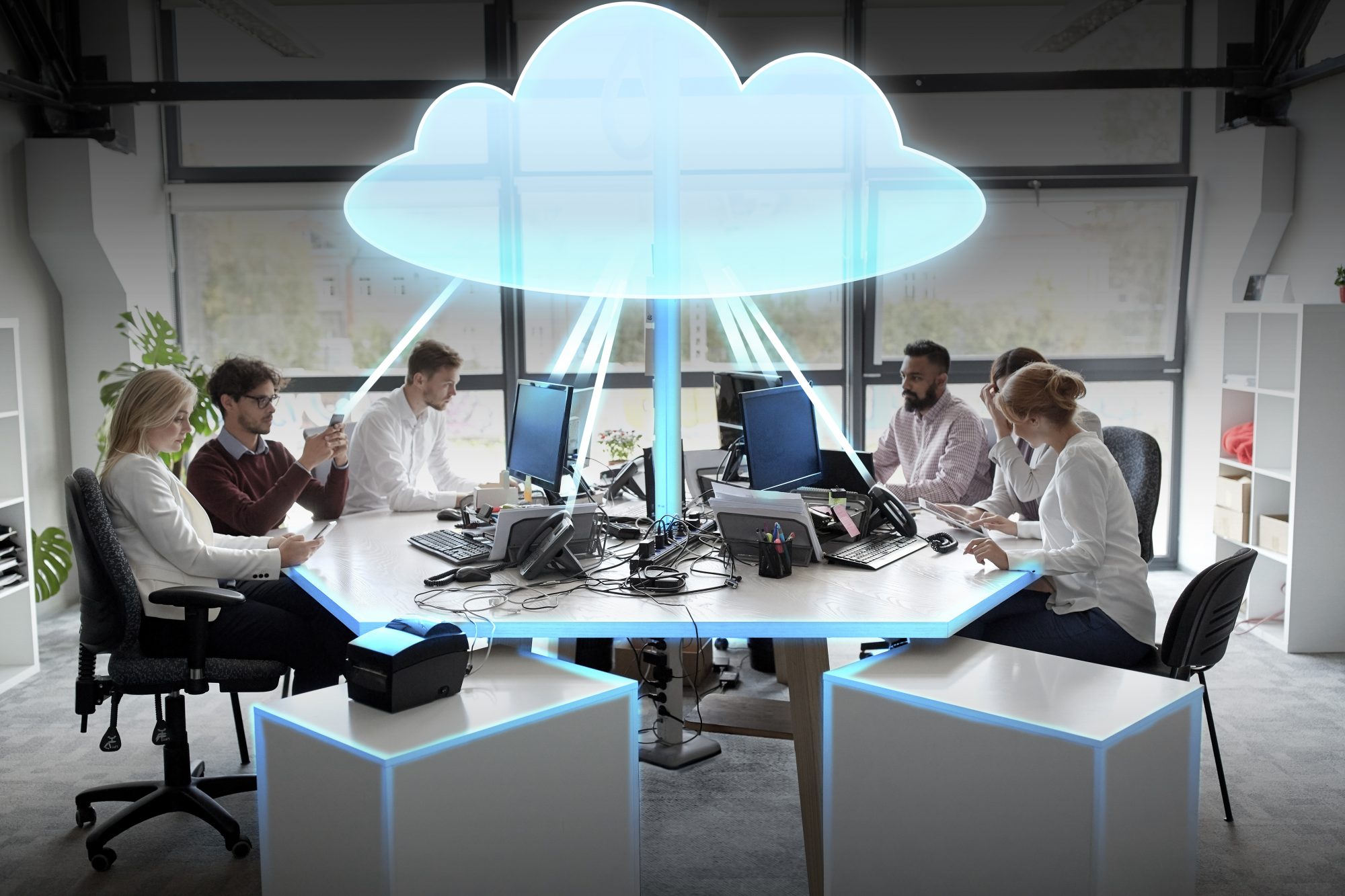Technology is the much-needed fuel for organisations that want to cut their carbon emissions on the journey towards net zero
Whilst sustainability continues to fly high on the boardroom agenda, many organisations are struggling with the reality of putting ESG policies and initiatives into place.
According to a recent CDP report, despite the attention and deluge of net zero pledges received as a result of COP26, companies are falling behind on setting climate transition plans. In fact, at the time of the survey, just a third of companies that disclosed through CDP in 2021 had put these plans into place.
When it comes to taking action, local authorities and other public sector bodies are, understandably, expected to lead the charge in the fight against climate change – with 40% of citizens trusting their council most to address the climate emergency, followed by the central Government (28%) and then world leaders (15%). Despite this, local councils are currently struggling to set the wheels in motion due to funding constraints, with 7 in 10 reporting finance being the most common barrier to meeting sustainability goals.
The cost-benefit of transition from on-premise servers is compelling
Issues surrounding climate change, however, are not going to disappear and the pressure to drive actionable change is growing ever more pressing. Businesses – across all sectors – must therefore find new strategies and solutions that support this. Technology is rapidly being seen as a critical component to this – one that can support businesses in the race to net zero, whilst also building in greater efficiency and supporting critical cost savings.
Current energy costs add a further short-term impetus to use resources more efficiently. The cost-benefit of transition from on-premise servers, with their expensive cooling and power requirements, is compelling.

Migrating to the cloud
When pursuing net zero targets, moving IT systems to cloud-based solutions is something that any company can do, and is a great first step. AWS estimates that this can reduce carbon emissions by as much as 88% compared to on-premise systems that are inefficiently utilised and need constant cooling. In fact, last year IDC estimated that cloud computing could eliminate a billion metric tons of CO2 emissions by the end of 2024. There are several reasons for this. Cloud-based services are hosted at much larger data centres which use newer, more energy-efficient hardware, and generally have carbon reduction measures in place. Cloud providers also use high, and increasing, proportions of emission-free energy.
Currently, greenhouse gas emissions are categorised into three groups or ‘Scopes’ by the most widely-used international accounting tool, the Greenhouse Gas (GHG) Protocol. Companies need to become acquainted with different levels of scope: Scope 1 covers direct emissions from owned or controlled sources; Scope 2 covers indirect emissions from the generation of purchased electricity, steam, heating and cooling consumed by the reporting company; and Scope 3 includes all other indirect emissions that occur in a company’s value chain.
Cloud computing can help with Scope 1 and 2 as well as offer a host of other benefits too, including less up-front investment in hardware and software, ease of management and maintenance, automatic continuity and updates, and ease of scale. All in all, a very easy decision for a lot of companies to make and one that can be easily implemented by working with the right platform provider, that can deliver services in the cloud.
From old paper-based processes to new digital services
Cloud migration, however, isn’t the only way technology can be harnessed to fuel a business’s sustainability efforts. Organisations committed to accomplishing net zero targets must be prepared to review their current processes and systems and question whether they are running as efficiently as possible. Updating and automating inefficient legacy systems can not only be the route to more cost-effective and less labour-intensive ways of working, but it can also be extremely powerful in cutting carbon emissions and the reliance on energy and materials such as printing paper-based documents.
Moving away from paper-based processes to digital services is in the best interests of the organisation as it can also ensure it can deliver a better experience for the end-user – whether that be a customer, citizen or patient.
The Covid-19 pandemic highlighted processes that relied on face-to-face contact and accelerated deployment of new digital-first services.
Organisations using digital services, such as electronic appointments, directly reduce their printing and postage emissions and help them reach their carbon-neutral goals.
However, overhauling processes and systems that have been in place for many years can be a daunting prospect, one that many organisations believe will be far too complicated and costly to manage. But it doesn’t have to be.
By leveraging Platform-as-a-Service (PaaS) tools such as low-code, businesses needn’t take a rip-and-replace approach to legacy systems. Instead, existing systems can be updated and built upon using a building block approach that allows for iterative and pragmatic development using a host of Intelligent Automation (IA) tools like Artificial Intelligence (AI), Robotic Process Automation (RPA) and Machine Learning (ML) to name a few.
How to measure success?
In addition to taking affirmative steps towards achieving net zero, organisations must also be able to report on it and measure the true success of their sustainability initiatives to make real progress. Again, using low-code software, businesses can build new applications that enable them to stay on top of this. As well as being part of the solution to achieving ESG goals, technology is also the key to evidencing it. After all, whilst there is little guidance surrounding how businesses can enforce actionable change, there is even less around how they can measure this change effectively.
Through the app, customers can calculate their carbon footprint
A recent example of a company that used technology to tackle this challenge is Netcall Partner DI BLUE, with the development of the my.FirstClimate app, created for First Climate. Fully developed and deployed using the Liberty Create Low-code Application Platform, the app helps private and public sector organisations in achieving their sustainability objectives and attaining carbon neutrality. Through the app, customers can calculate their carbon footprint, which in turn helps them to reduce their future emissions and offset any remaining emissions.
The same Liberty Create platform has been used by DI BLUE and Netcall to deliver an Environmental Management System (EMS). This app is to help organisations achieve environmental goals through consistent review, evaluation, and improvement of their environmental performance.
An EMS allows an organisation to address its regulatory and certification requirements in a systematic and cost-effective manner, providing a software-defined path to implement standards such as ISO 14001:2015. This proactive approach can help reduce the risk of non-compliance and provide assurance to company management and employees as well as external stakeholders that environmental impact is being measured and improved.
Working towards a more sustainable future
Reaching net zero goals is certainly not going to happen overnight, but with the right tools and technologies in their armoury, businesses stand a fighting chance of making a more sustainable world a reality. Whether it is mass migration to the cloud, or smaller, more subtle adaptions to existing processes in the first instance, reviewing current systems and using technology to update and drive greater efficiency will be key.
What’s more, utilising or building applications and processes to keep track of sustainability efforts can empower organisations to take control of ESG targets and implement actionable change.
Written by Richard Farrell, CIO at Netcall











